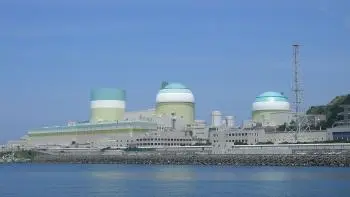
Nuclear power in Japan has been a major issue in recent decades, especially after the 2011 Fukushima nuclear disaster. Before the disaster, nuclear power provided about 30% of the country's electricity, and Japan had more than 50 nuclear reactors. working.
After the Fukushima disaster, Japan shut down all of its nuclear reactors and underwent a comprehensive safety review. Since then, only a few reactors have been reopened after meeting new safety standards.
Currently, Japan's energy policy focuses on diversifying energy sources and reducing reliance on nuclear power. The government has set a goal to increase the share of renewable energy in the country's energy mix to 24% by 2030, while the role of nuclear power will be minimized.
In short, after the Fukushima disaster, Japan has reassessed its reliance on nuclear power and has focused on a transition to renewable energy sources and a significant reduction in the role of nuclear power in its energy mix.
List of active nuclear power plants in Japan
Japan currently has only a few nuclear reactors that have been reopened after the Fukushima disaster and meet new safety standards. These are the nuclear power plants in Japan that remain active:
| Centrales nucléaires | Reactores |
|---|